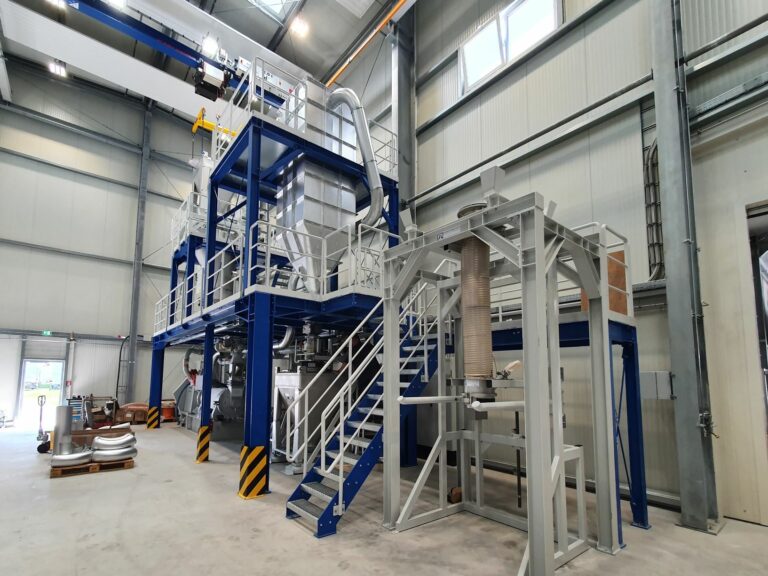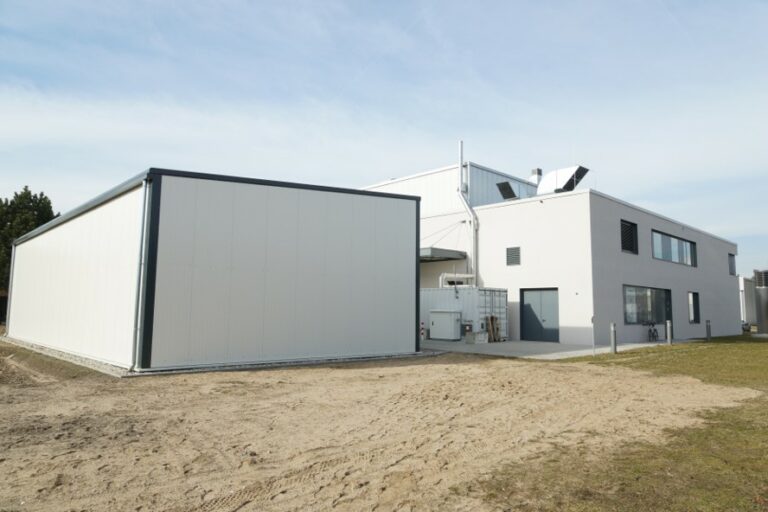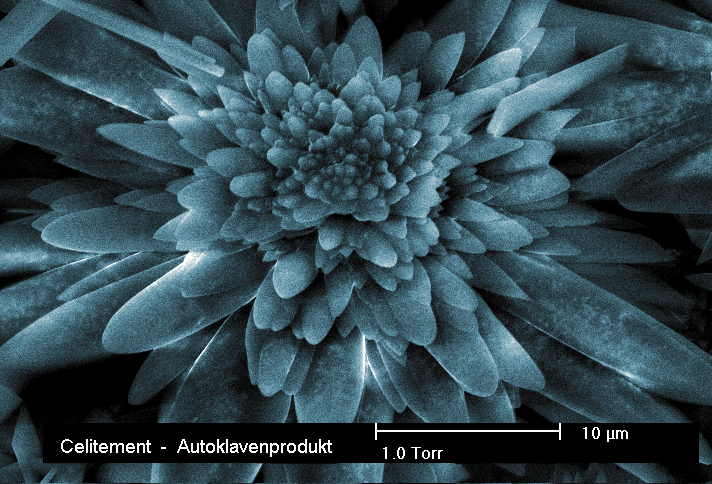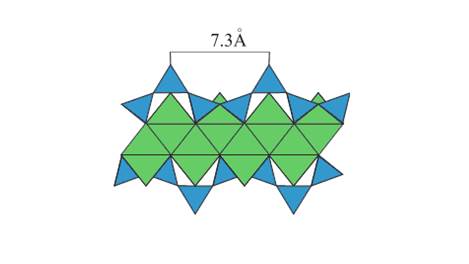Celitement GmbH was founded in 2009 as part of a collaboration between research (KIT) and industry (SCHWENK Zement KG).
A laboratory and administrative building was constructed in 2011 together with a pilot plant. Test material for practical application tests with the new binding agent are produced in this facility. Product features and recipes can be tested together with selected innovators to develop Celitements up to market readiness.
In early 2020, Celitement GmbH was fully taken over by its shareholder, SCHWENK Zement KG. From having been a SCHWENK affiliated company it became a full subsidiary of the well-established building materials group from Ulm. With the full takeover of Celitement GmbH by SCHWENK Zement KG, the financial resources for further expansion of the pilot plant were provided.
This means that after purely basic research at KIT and a phase of products and process development which was also very research intensive in the past years, Celitement GmbH is now entering the final phase of securing a decision, which has yet to be made, regarding the construction of a first industrial reference plant.
Celitements are high quality hydraulic binding agents which are manufactured using a patented, energy-efficient process. Compared to Portland cement clinkers, they are characterised by a specifically lower use of limestone as main raw material and lower process temperatures in the manufacturing. We develop and optimise these innovative hydraulic binding agents with the aim of creating marketable products, thereby contributing to decreasing the CO2 intensity of cement manufacture. In order to do this, we use the latest analytical equipment and have many years of experience in the field of cementitious material development to fall back on.
Until June 2013, the optimisation of the production process was the subject of a funding project by the Federal Ministry of Education and Research and the project sponsor Jülich entitled: “Celitement - development of sustainable cement”.








